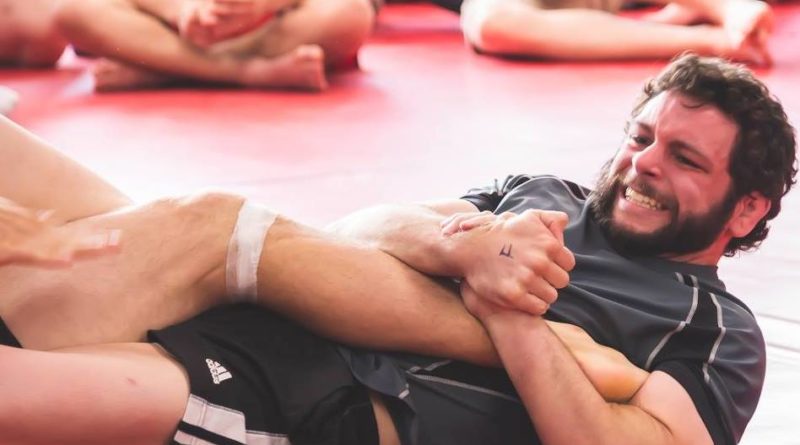In recent years a new school of Jiu-Jitsu players have started to perfect the leg lock game (Garry Tonon, Gordon Ryan,or Craig Jones in No Gi, and Victor Hugo in the Gi) but they are still not developed so much in Gi Jiu-Jitsu and many people still see them as cheap, low class moves or are frowned upon because of high risk of injury (especially heel hooks) . Why would that be?
I remember training in Brazil 20 years ago as a blue belt with very limited techniques. I was very often going for footlocks against guys who were much more skilled than me. I had some success at it, but one day one of the black belts gave me a sincere piece of advice. He told me:
“I’ve been watching you going for everybody’s foot in training. You are quite good at footlocks however the rest of game is very poor and your open guard sucks. When the guy defends your footlock and gets on top, your guard is so week that he almost immediately passes.”
He was absolutely right. I had been spending much less time on developing more important aspects of my game like developing a good guard, guard passing, and improving position, and had just been focusing on getting the easiest submission available: The foot lock while passing the guard.
Nowadays Jiu-Jitsu has evolved into a global phenomenon, significantly influenced by the pioneering efforts of Hélio Gracie and his family who propagated this martial art around the world. This led to a surge in interest among non-Brazilians, who, after grasping the foundational elements of Jiu-Jitsu, began to forge their distinct styles.
In Brazil, the predominant focus in Jiu-Jitsu has been on upper body submissions, including techniques targeting the arms, shoulders, and neck. While leg and foot attacks were also developed, they did not receive the same emphasis as seen in the approaches of international practitioners. This divergence can partly be attributed to the popularity of IBJJF (International Brazilian Jiu-Jitsu Federation) rule-based competitions in Brazil, which traditionally emphasized a different set of techniques compared to the MMA-oriented Jiu-Jitsu prevalent in North America. This North American style evolved partly due to the influence of the UFC, where Brazilian Jiu-Jitsu’s effectiveness was prominently showcased, leading to an interest in a more varied and potentially devastating set of techniques, including leg and foot attacks.
Now what does BJJ superstar Rickson Gracie think about leg locks? He already shared his true opinion on Eddie Bravo’s rubber guard:
Rickson Gracie Reveals Thoughts On Rubber Guard after all this time: I Don’t Like It
On his recent Joe Rogan podcast, Rickson revealed that he supports the leg lock craze:
“I like leg locks. Back in the day, I was introduced to kneebars by Erik Paulson and Shooto. I started using them on my students and was very successful.”
He also gave a realistic view on leg locks:
“Leg locks won’t happen when you have two high level partners who both have high knowledge of leg locks. They only work on those who don’t know them…”
Joe Rogan agreed with Rickson:
“To prove your point, leg lock expert Craig Jones said the DDS members don’t even go for the legs anymore on each other in training because they are too hard to catch on each other…”
Stay Out Of Modern Leg Locks And Counter With Effective Attacks Of Your Own With Grappling Star & Leg Locking Ace Craig Jones’s 6 Volume Series On Escapes & Defenses
- Stop tapping anytime someone grabs your foot and start defending and countering the leg lock with knowledge and technique.
- Craig Jones is a fan favorite black belt who is known for having some of the most dangerous leg locks ever.
- Learn the secrets to slipping your heel that can keep you safe even when you are stuck in deep heel hooks.
- Understand lower body submissions better than ever as you learn the defense to exchange confidently.




















